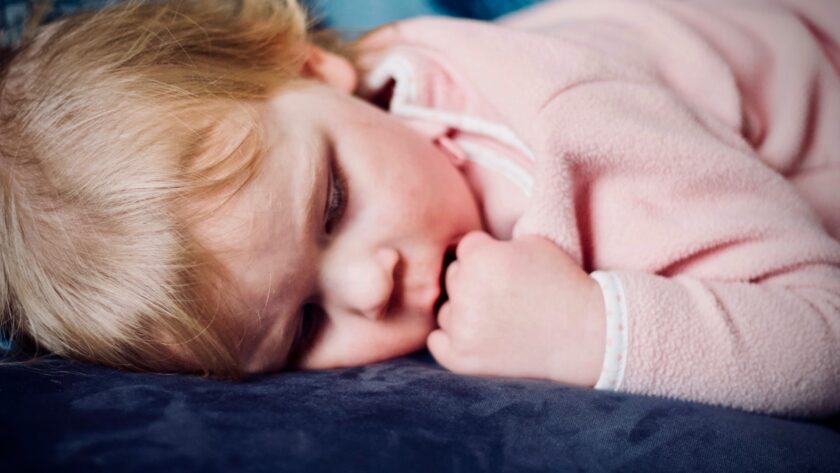No one wants to worry about something being not quite right with their child but when it comes to a mother’s instinct, it’s usually spot on. Cerebral palsy is a neurological disorder that can affect the child’s ability to move about and can also impact other motor functions in the body such as speech.
Being aware of early symptoms can help get your child the help they need sooner, which is why it’s good to know what they are. If you’re not familiar with cerebral palsy, then here are some symptoms of what to look for.
Delays in development milestones
The earliest signs of cerebral palsy will be in the development milestones of any child. There may be delays in their development when it comes to sitting up or walking. If the child surpasses these milestones and has still yet to sit up or walk, chances are there is something potentially underlying that needs assessing.
It may not be related to cerebral palsy but it’s important to get it seen too, sooner rather than later.
Seeming too stiff or too floppy
Are your child’s limbs too stiff or unusually floppy? These are two signs of cerebral palsy that are worth being aware of. It’d be a noticeable difference that you will immediately spot as being not quite right.
Depending on the severity of the symptoms, it might not be easy to spot from a young age but as they develop from ages one through to three, it becomes much more noticeable.
Muscle spasms and uncontrolled movements
Muscle spasms and uncontrolled movements can be signs of cerebral palsy. It’s important to look out for hand tremors and any signs of shaking that don’t appear normal. These muscle spasms and movements that aren’t triggered by anything, in particular, are a sign that warrants further attention.
Loss of balance
A main symptom of cerebral palsy is related to the degree of balance that the child has. It’s important that this is looked at more closely. While young children can certainly be clumsy, there’s a degree of clumsiness that it’s be expected.
A loss of balance during those times when they should be strong in their positioning is likely to be a concern and is often considered a strong sign of the disorder.
Problems with speech and communication
As this is a neurological disorder that affects mobility, that mobility also extends to speech and communication. How well the child is communicating can often be a sign and it’s important to pay attention to their development and how much they’re managing to get across.
Again, it’s those development milestones that are worth being acquainted with. It may be that they have surpassed the point at which they should have started communicating and if they are struggling to, then it’s worth seeking help.
It can be quite a worrying period, especially when it’s so early on in motherhood. However, knowing the signs can help rule anything out that it might be. Remember these symptoms and look out for them to help with your child’s health.



